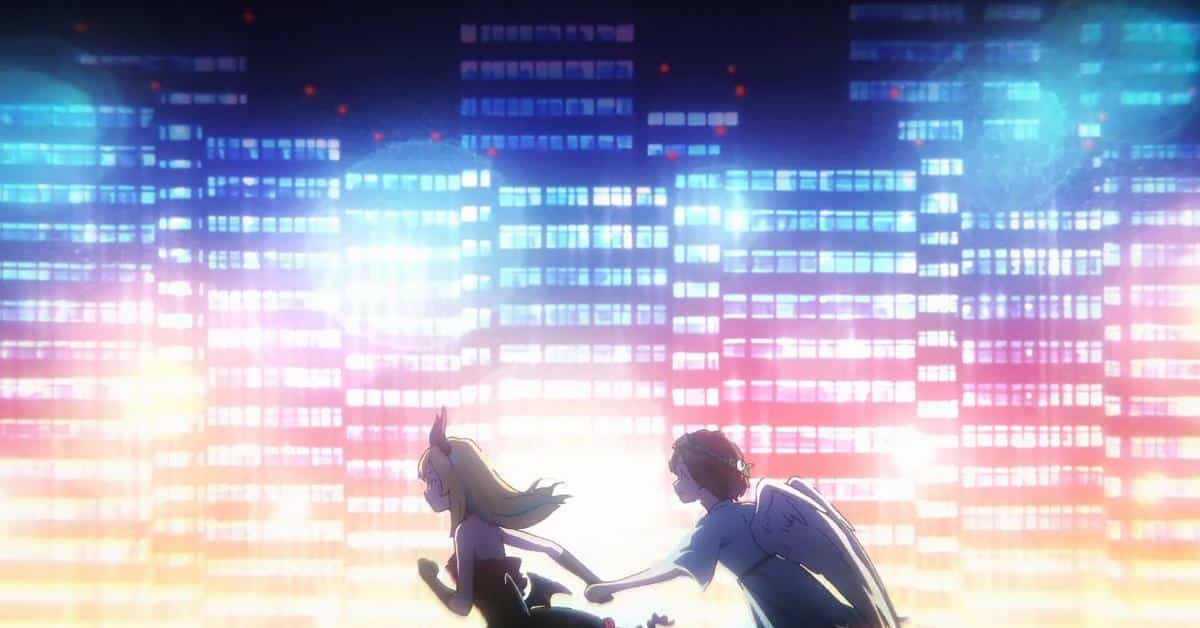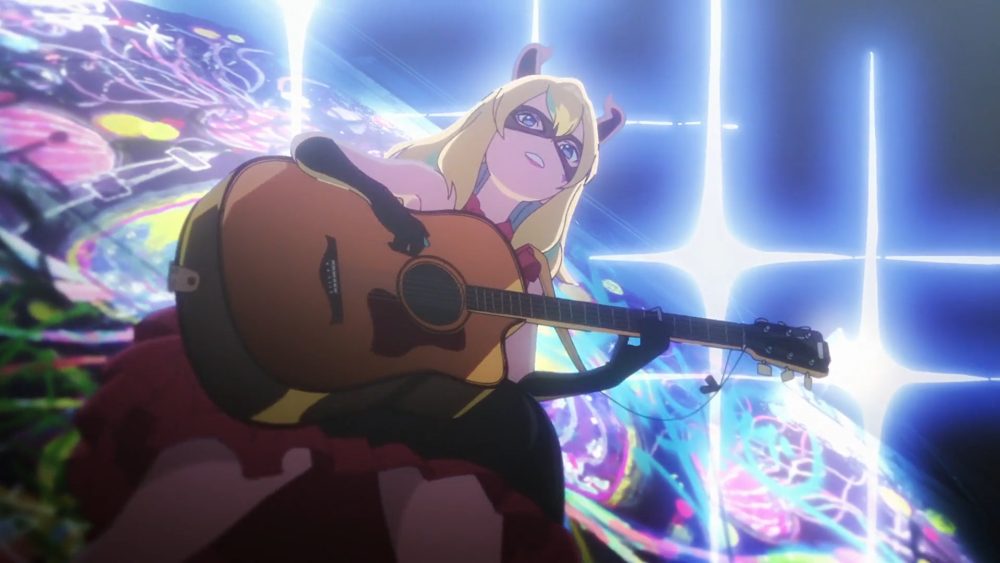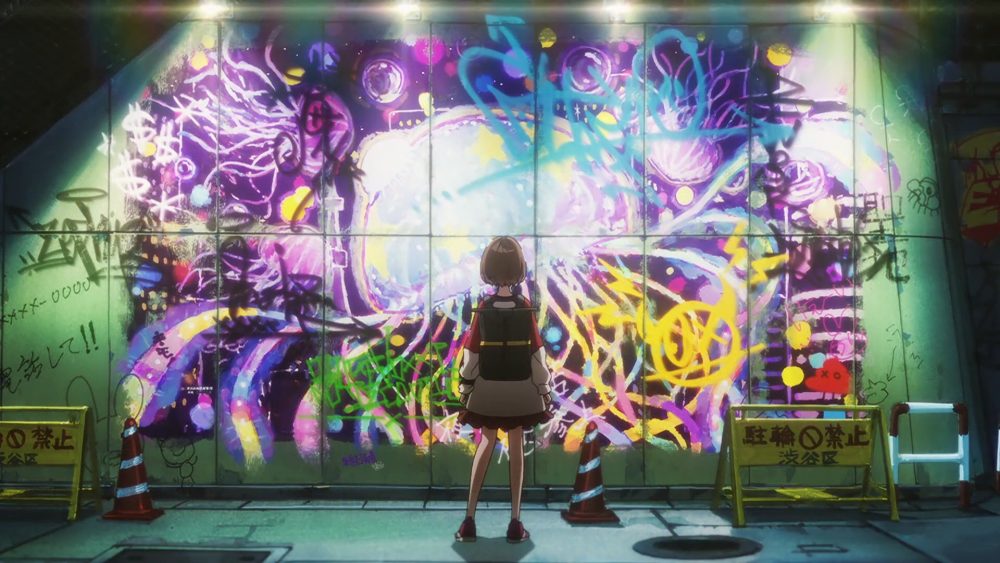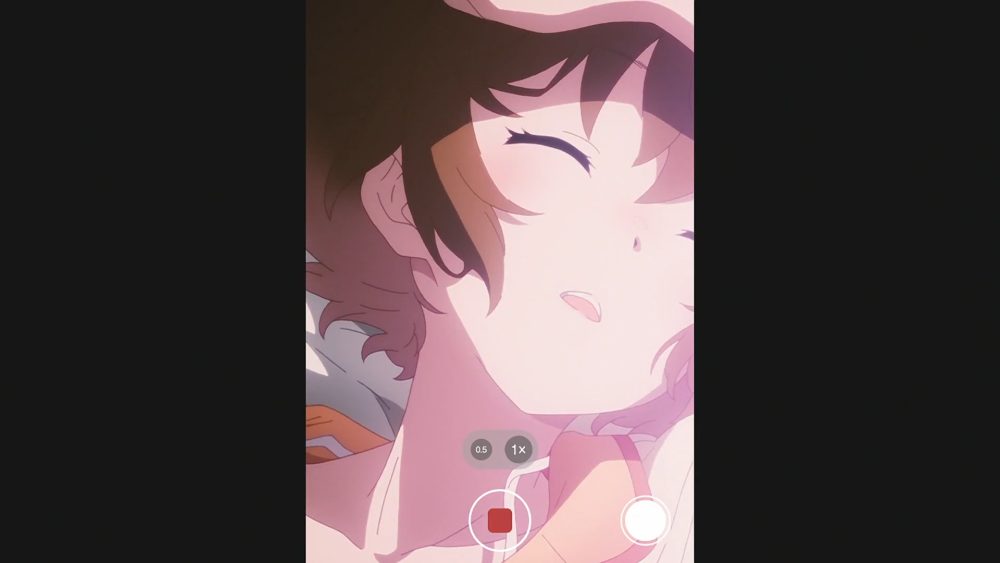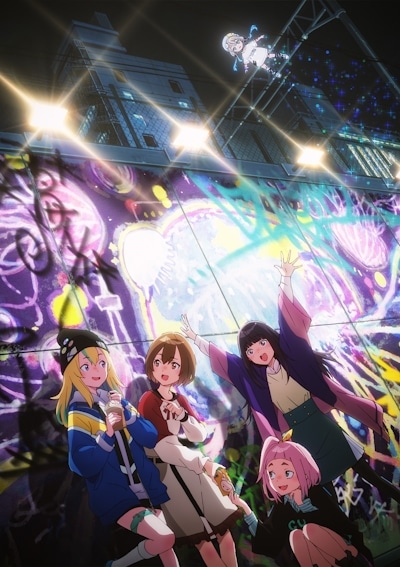
Jellyfish Can’t Swim in the Night
Episode #1 (2024)
Studio: Dogakobo
Distribution: King Records
Streaming: HIDIVE
Release Date: April 6, 2024
In the first episode of the new anime series Jellyfish Can’t Swim in the Night, Mahiru Kozuki’s friend asks her: “what do you want to be?” Mahiru’s answer is that “I want to be someone who knows what they want to be.” This is a lie. Mahiru knows exactly what she wants. She loves walking the streets of Shibuya at night. She loves drawing. Her favorite thing to draw is jellyfish. But if you were to say to her, “so you want to be an artist in Shibuya who draws jellyfish,” she would deny it.
Mahiru wants to stand out, but not too much. She wants to change, but not to lose the core of who she is. So she wears makeup prized by social media influencers that makes it look like she isn’t wearing any. She would sooner die than admit to being uncool. But then she meets a girl named Kano on the Shibuya streets. Once a popular idol, Kano quit her group, bleached her hair and started a solo channel for her music online. Why fret over past baggage, she says, when you can cast it off and become somebody else? That Halloween night, wearing angel and devil costumes, the two form a pact to make art and transform into new people.
A convergence of talented artists
Jellyfish Can’t Swim in the Night is a convergence of talented artists. One is Yuki Yaku, a popular light novel author responsible for the light novel series Bottom-tier Character Tomozaki. Yaku is fixated on authenticity and personal transformation. His characters are hyper-aware of their own social standing and describe every minute shift to the reader as it happens. Jellyfish, as well, is a series in which the heroines constantly talk among themselves and to the viewer.
Another is the director, Ryohei Takeshita. Takeshita adores camera effects, and the premiere episode is awash in lens flare, fish-eye and rewinding/fast-forwarding. Astute viewers might also catch water droplets hitting the “lenses” during a bath scene. Takeshita also takes care to represent how the cast record themselves and each other; for instance, Mahiru is first introduced through her sister’s smartphone footage.
Jellyfish prioritizes the characters and their emotions over the reality of a scene. Kano’s first appearance is heralded by footage of a rushing train. Mahiru’s bad memories impose on the narrative via split-second frames, fantasy sequences and recorded footage. Every choice feels right in the moment, but pays off on repeated viewings once the viewer connects the dots for themselves.
Bioluminescence in Jellyfish Can’t Swim in the Night
A third artist connected with Jellyfish is the art director, Yuji Kaneko. If you’ve seen his past work in Kill la Kill, Ranking of Kings and Trigun Stampede, you know the texture and sense of scale Kaneko brings to a project. Jellyfish only works as a series if the viewer believes, as much as Mahiru and Kano do, that Shibuya at night holds limitless potential. Kaneko and his team give the ward a bioluminescence that’s just one step removed from reality.
All of these aspects of the show feed into each other. Yuki Yaku’s characters are given life by Takeshita’s direction within Kaneko’s vibrant setting. This series is not content to just explain to the audience through dialogue why they should go out and live honestly. Instead it lives those values. Every decision is made to impart the feeling of being a rowdy, insecure teen on the streets of the coolest city on earth. Watching this episode made me thankful that there are still anime productions out there made by folks with the ability and capacity to go all out.
The power of the camera
Jellyfish Can’t Swim in the Night is currently airing on HIDIVE, which will undoubtedly limit its audience. I would still go as far as to say that it’s the show to beat this spring. I’d even call the first episode a worthy successor to a series I adore, A Place Further Than the Universe. Both shows share a willingness to channel the unfiltered emotions of teenage girls no matter how “cringe” they might be.
I have a reservation, though. Part of what made A Place Further Than the Universe so good was that characters felt like real people rather than archetypes. I think it helped that the director Atsuko Ishizuka was able to draw from her own experiences when mapping out the cast and their relationships. Jellyfish Can’t Swim in the Night, though, is very much a show about teenage girls written and conceptualized by guys. There’s a scene early in the episode where Mahiru strips to her underwear, then leans right into the camera to reveal her tiny breasts. The joke is that the important detail in the scene are her jellyfish socks. Hilarious!
Voyeurism, even when it’s thematic, risks distancing the viewer from the characters. That choice works in sarcastic pop art like the Monogatari series. But Jellyfish succeeds because of its earnestness. If the series ever leans too much into leering at the characters and their youth, it could fall to pieces just like that. That’s the risk of watching currently airing anime. If that kind of thing makes you cautious, it may be worth waiting until the show finishes airing to see if it sticks the landing. In the meantime, though, I’ll be following Mahiru on her journey. I’m curious to see what Takeshita and his crew do next.
Jellyfish Can’t Swim in the Night episode 1 is currently available for streaming on HIDIVE.


